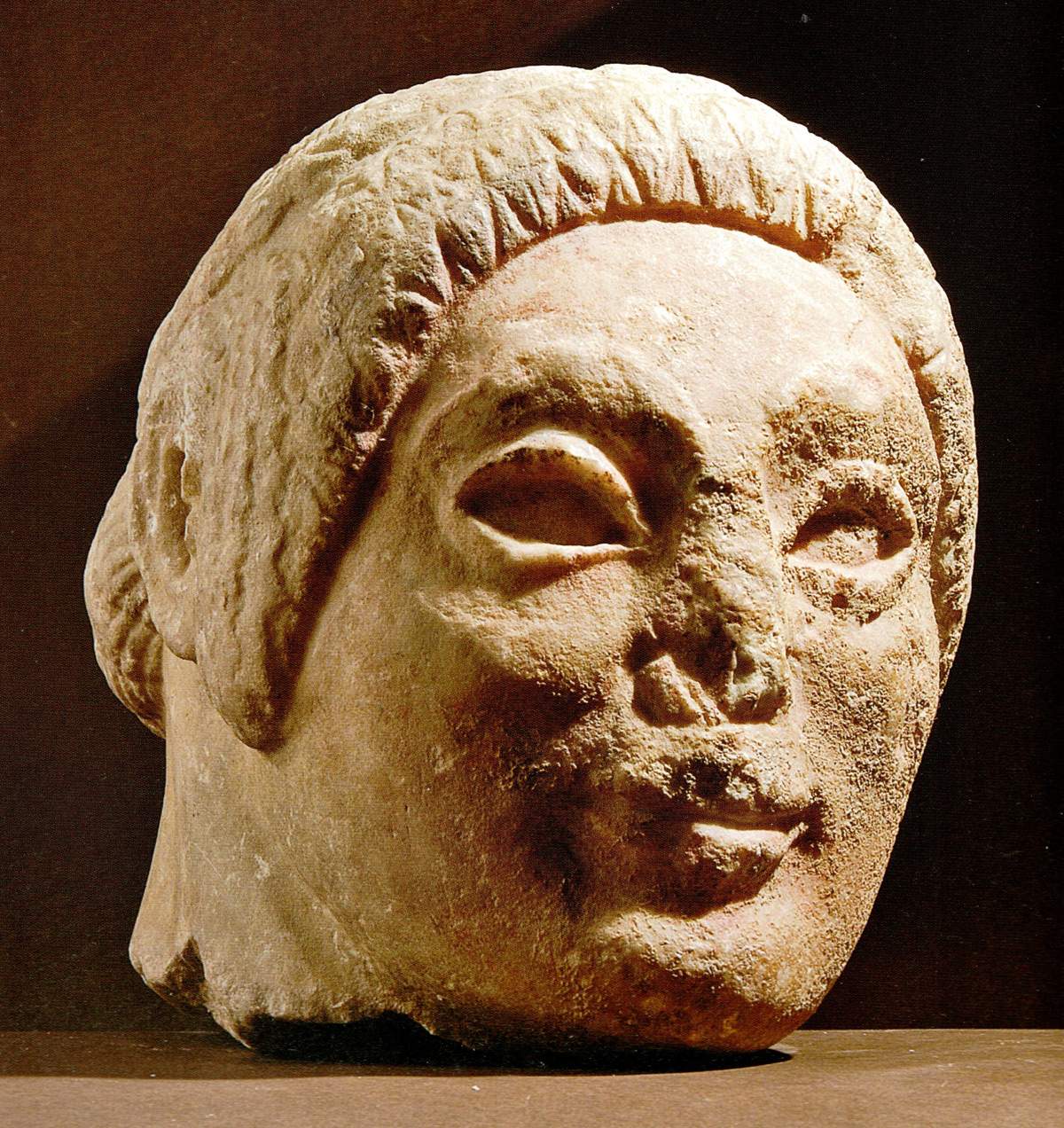State buys one of the most important Etruscan sculptures: the Lorenzini Head, hitherto privately owned, will go to a public museum
The General Directorate of Archaeology, Fine Arts and Landscape of the Ministry of Cultural Heritage has purchased, exercising its right of pre-emption on the proposal of the Superintendence of Florence, Pistoia and Prato, a very important Etruscan sculpture: it is the so-called Lorenzini Head, a work from Volterra. It is a male head, larger than life-size, named after the family that owned it and probably in ancient times part of a full-length statue that had cultic purposes. The work had long been known: one of the greatest archaeologists of the past, Ranuccio Bianchi Bandinelli, called it “the most Greek of Etruscan works.” There are many characteristics for which the work is of exceptional importance: it is in fact one of the rare known Etruscan works in marble (to be exact, the Lorenzini Head is made of Apuan marble), and according to the Superintendency it is the most important statuary fragment of Volterra and one of the most significant sculptures in the entire history of Etruria.
The dating of the sculpture, again according to Soprintendenza scholars, can be traced back to the late Archaic phase of Etruscan art (late sixth and early fifth centuries B.C.), and the work was probably made by a workshop that executed works strongly influenced by the Greek-Oriental tradition with Attic ancestry. And again according to the Superintendency, the Lorenzini Head “offers extremely interesting insights into the debate concerning the modes of reception, reworking and irradiation of models in the Archaic period, giving the work a particular relevance for the understanding of the figurative culture of central-northern Archaic Etruria.”
The work, which was purchased for the sum of 355,000 euros, has not always been hidden from public view: in fact, it has long been on display at the Guarnacci Museum in Volterra thanks to an agreement with its owners. And now the debate about its future location is opening: the Superintendency of Florence assures that the sculpture will soon be on public display and will be destined for a “prestigious museum location in Tuscany.” Among the hypothesized destinations are the National Archaeological Museum in Florence and the National Etruscan Museum of Villa Giulia in Rome, but a return to the Guarnacci Museum (the Lorenzini head, after all, comes from Volterra) cannot be ruled out (although it seems the least likely of the solutions at the moment), and in this sense the mayor of the Tuscan city has already activated by the mayor of the Tuscan city, Marco Buselli, who has written a letter to Minister Bonisoli urging the destination to the Guarnacci, since the Volterra museum has long been the venue where the work has been shown to the public. Buselli stresses, however, that decisions will have to be made around a table that brings together ministry representatives and experts to indicate the most correct solutions to follow. The biggest difficulty lies in the fact that the Guarnacci is a municipal museum, and normally the artifacts acquired by the state end up in state-owned museums (such as the museums in Florence and Rome mentioned above). But certainly the game is not closed a priori.
 |
| State buys one of the most important Etruscan sculptures: the Lorenzini Head, hitherto privately owned, will go to a public museum |
Warning: the translation into English of the original Italian article was created using automatic tools. We undertake to review all articles, but we do not guarantee the total absence of inaccuracies in the translation due to the program. You can find the original by clicking on the ITA button. If you find any mistake,please contact us.





























